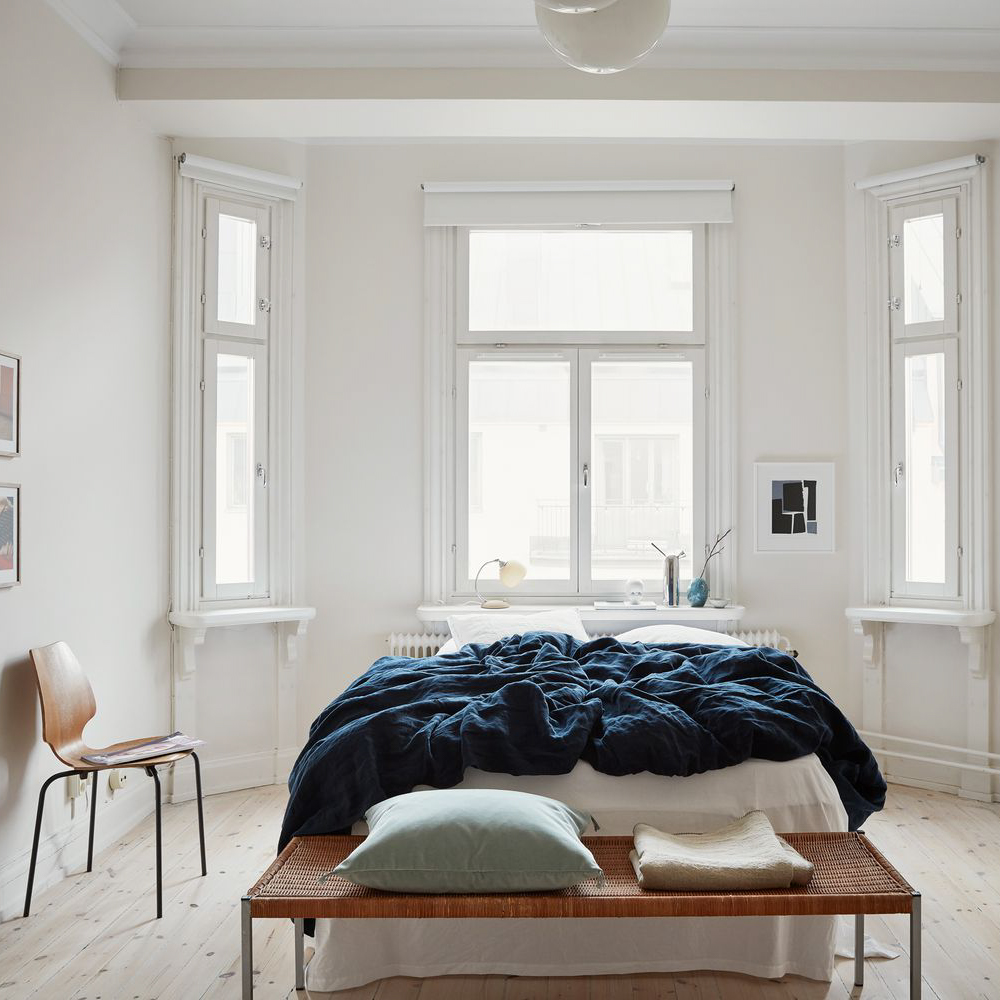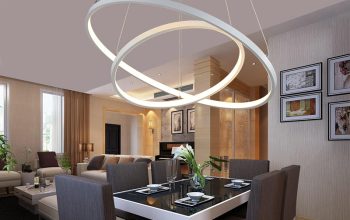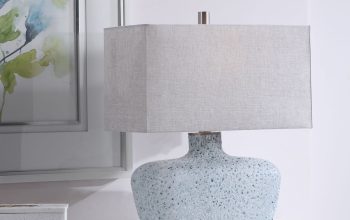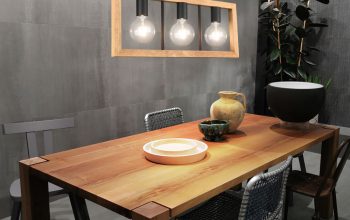Introduction
Light decoration has been a popular practice for centuries, but in recent years, it has become an essential element of festive celebrations, corporate events, and even residential decor. The use of light decoration has evolved from simple strings of lights to elaborate designs that incorporate various colors, patterns, and shapes.
History of Light Decoration
The origins of light decoration can be traced back to the 17th century, where candles were used to decorate Christmas trees. However, in the 1880s, the first electric Christmas lights were invented by Thomas Edison, which sparked a revolution in light decoration. From then on, light decoration proliferated, and by the 1920s, it was a key element of Christmastime celebrations.
During the 1950s and 1960s, the use of light decoration expanded beyond Christmas to include other festive holidays and events such as Halloween, weddings, and corporate events. With the introduction of LED lights in the 1990s, light decoration became more energy-efficient, longer-lasting, and versatile.
Types of Light Decoration
Light decoration comes in various forms, from simple strings of lights to elaborate designs. Some of the most popular types of light decoration include:
String Lights
String lights are the simplest form of light decoration, and they come in various colors, shapes, and sizes. They are commonly used to decorate Christmas trees, outdoor spaces, and events such as weddings.
LED Strip Lights
LED strip lights are thin strips of lights that are perfect for decorating in tight spaces. They are commonly used to line staircases, cabinets, and other areas that require subtle lighting.
Projection Lights
Projection lights use light to project patterns, images, and shapes onto surfaces. They are often used to create a festive atmosphere during the holidays or for special events.
Lighting Fixtures
Lighting fixtures are a more permanent form of light decoration that involves installing lights on ceilings, walls, or other surfaces. They can be customized to fit any space and can be used to create different moods or atmospheres.
Benefits of Light Decoration
Light decoration offers several benefits beyond aesthetic appeal. Some of the key benefits include:
Creates a Festive Atmosphere
Light decoration can be used to create a festive atmosphere during holidays, events, or celebrations. They provide a warm, inviting glow that can make any space feel more welcoming.
Increases Safety
Lights can provide a source of safety by illuminating outdoor pathways or indoor areas that are often used but may be hard to see in the dark.
Boosts Morale and Productivity
Studies have shown that natural light can promote positivity, energy, and productivity. Light decoration can provide a similar effect by brightening up spaces and creating a positive, energizing atmosphere.




